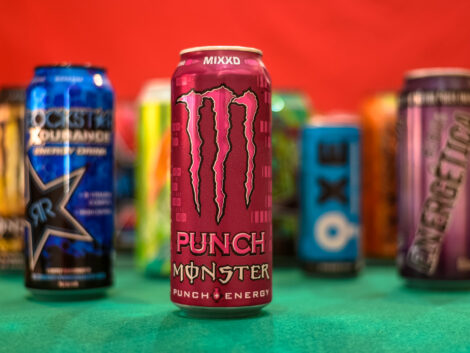Global energy drink market to reach $56.67bn by 2026
The global energy market was predicted to be valued at $56.67billion in 2026, a growth of over 7.24% during the next five years, according to a report on ResearchAndMarkets.com.
The market is driven by the increasing population and the demand of people towards flavoured and energy-boosting drinks.
Additionally, growing popularity among consumers for energy drinks, and surging disposable income of consumers are expected to elevate the demand for energy drinks thereby driving the market growth through 2026.
Owing to rising customer health consciousness and hectic lifestyle, the industry is expected to experience fast growth.
The main purpose of these drinks is to provide instantaneous energy, along with psychological and physical stimulation. In addition, taurine, another key component, is vital for the upkeeping of cardiovascular function and the skeletal muscle.
The market for energy drinks is driven by rising health awareness and engaged routine coupled with growing customer knowledge about the fitness benefits of the energy drink.
Energy drink consumption is increasing, particularly among young adults and athletes. These drinks contain large doses of caffeine and other legal stimulants.
Energy drinks first appeared in Asia and Europe in the 1960s; however, after the introduction of Red Bull in Austria in 1987 and U.S. in 1997, the trend towards aggressive marketing of these energy drinks has grown tremendously.
The Global Energy Drink Market is segmented into product type, target customer, distribution channel, and region. Based on product type, the market is further bifurcated into a non-organic and organic energy drink.
Out of which, the non-organic energy drink segment holds the majority of share with 72.57% in 2020.
This is mainly due to the high initial market penetration. At the same time, the organic energy drink segment is expected to be the fastest-growing product type as consumers are attracted towards organic energy drinks, including fresh fruit extract that comes in several variants.
The organic energy drink has low sugar or sugar-free component for the adult people, keeping in mind problems like diabetes, etc.
Growing consumer trend towards the value of organic beverages in their dietary habits has had a positive effect on the industry’s demand for the segment.
Based on target customers, the global energy drink market is categorised into adults, teenagers, and geriatric populations.
Among these, the ‘adults’ segment accounted for the largest target consumer segment with a market share of 56.39% in 2020, as there is a growing population of athletes and corporates that consume these products for extra energy to increase their performance.
This is expected to contribute to the growth of these products in the future. The ‘Teenager’ category has been projected to observe moderate growth and penetration in the Global Energy Drink Market.
Like what you read? metalpackager.com/subscribe



